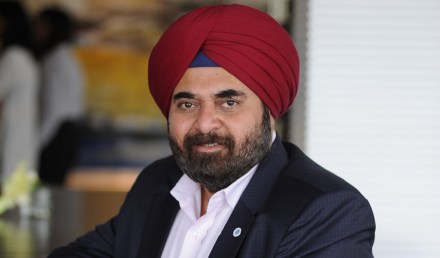While the air conditioners industry is betting on good consumer demand this summer, with considerable growth in sales numbers, ACs have and are getting costlier than before due to varied reasons. Hitachi has taken a price hike of 3-4 per cent this April and expects “another increase by 2-3 per cent in case the onslaught of Cost Up continues”. It is definitely a bitter-sweet summer this year for both the parties – AC companies who are only cautiously optimistic, and consumers keen to buy new air conditioners but hit by continuously rising prices Gurmeet Singh, Chairman and Managing Director, Johnson Controls-Hitachi Air Conditioning India Ltd spoke with Tanya Krishna of FinancialExpress.com, around the series of price hikes, consumer demand in the segment, among other things. Here are the excerpts from the interview.
What kind of price hike are we looking at in your AC range this summer?
The way things are progressing on the commodity and other fronts, we have to take up prices by another 3-4 per cent by April. For example, a 3 Star Inverter Split Air Conditioner used to retail at Rs 33.5 K till last year. Now it has reached Rs 36.5 K to Rs 37 K. The promotions, which were being offered, along with the ACs till last year have also been taken to a much lower level this year. This is directly related to the affordability of the manufacturers this year.
Tell us about the series of price hikes in the segment during 2021 and till March 2022.
In a phased manner, upto April, prices will go up by at least 8-10 per cent. Prices have gone up from around the same time last year December to this year by nearly 6-7 per cent. The onslaught of Cost Up is continuing and now with Anti Dumping Duties being imposed on Aluminium and Refrigerants, we see another increase by 2-3 per cent. This will be over and above the actual commodity increase on these items and is inevitable. We rationalise the price as much as possible at our end.
What are the factors leading to yet another rise in prices of air conditioner range at your firm?
Increase in input costs – raw material prices, taxes, and transportation fares are pushing brands to increase prices of air conditioners. The current global scenario due to Russia-Ukraine conflict, component shortage, global supply chain disruptions, commodity price inflation, and the impact of rising fuel costs is definitely going to push up the costs of everything affecting consumers at large.
What kind of growth in sales are you looking at this summer season (from AC range)?
Due to various market dynamics, we are quite upbeat about the demand for air conditioners this season. We are aiming for over 20 per cent growth in FY 22-23 (over 2019) in the Indian market. The company is optimistic about achieving record sales of approximately Rs 1500 crore during the peak season. We are capacitated to meet the rising demand from established as well as emerging markets. In the room air conditioner segment, we are expecting that a considerable part of sales will come from Smart ACs and Inverter-based Air Conditioners.
While the industry is betting on good summer sales this year, will this rise in price impact the sales in any way?
There is a huge pent-up demand for ACs this year with the onset of early summers and the transition of the pandemic situation towards normalcy after a long restriction period. Factors such as the government’s emphasis on domestic manufacturing, the introduction of PLI schemes, and the rising consumer sentiments toward air conditioners due to education and work from home culture are also driving the unprecedented growth of the industry. Also, the pent-up demand might lead to a shortage of air conditioners this season putting manufacturers under extreme pressure to meet the herculean consumer demand for ACs and cooling products. Consumers today see if they are getting quality which justifies the price they are paying.
Does Hitachi have a good inventory to fulfill the entire summer season demand?
We have anticipated the demand for the season and have prepared our capacity to match the herculean demand. It is true that brands will have to stretch themselves to meet demand this season and in some areas there might be shortages or delays. But if brands prepare their channels adequately, the situation can be managed well.
